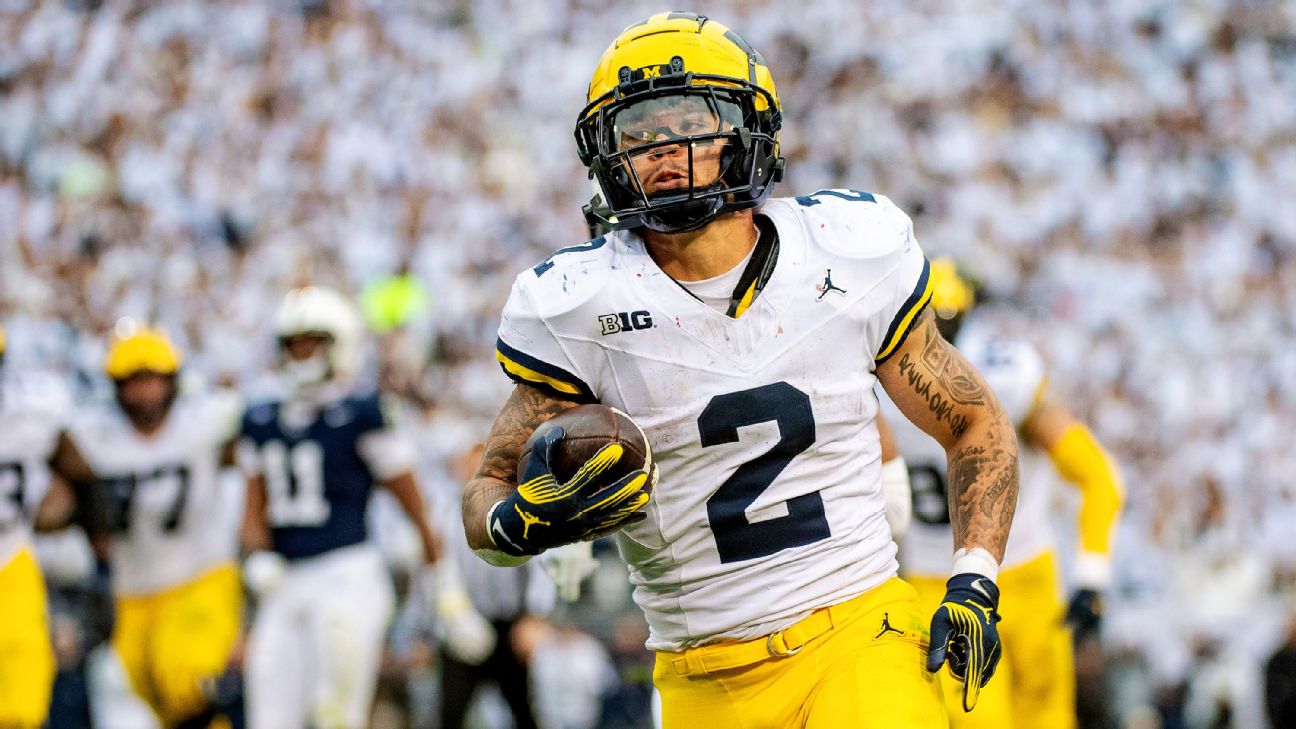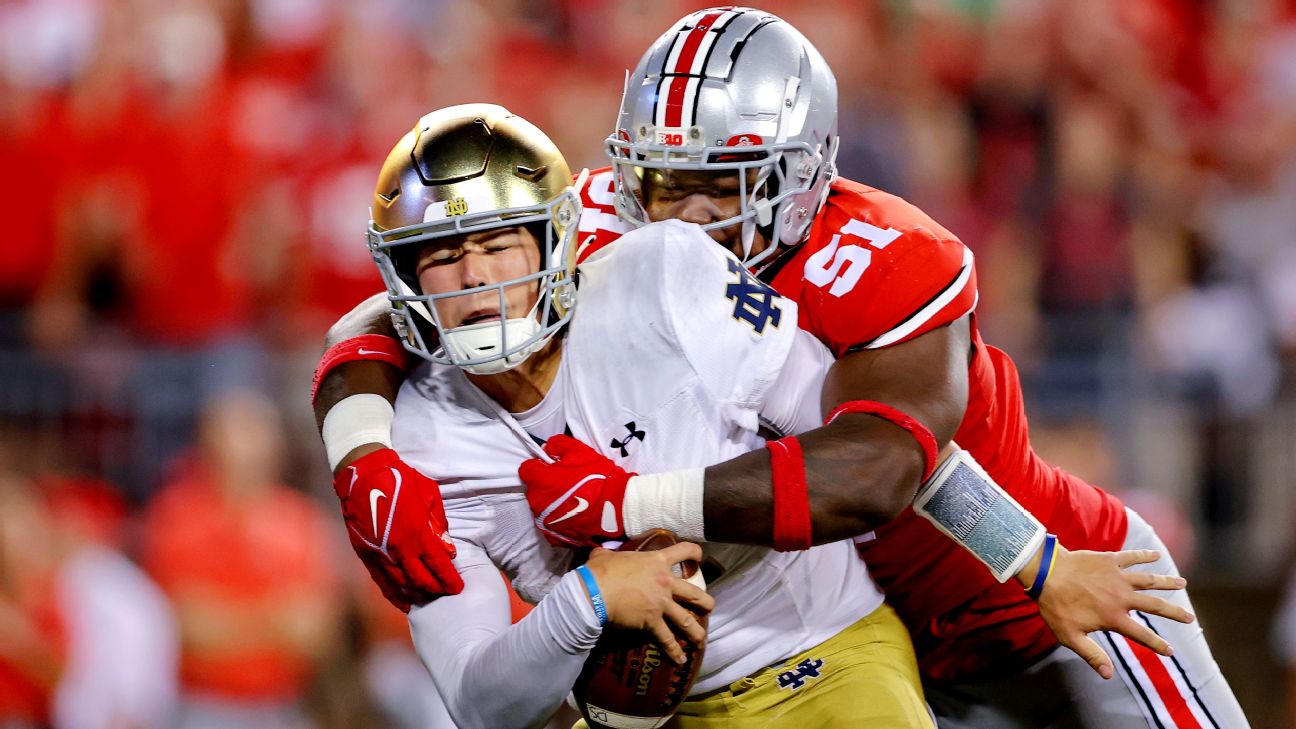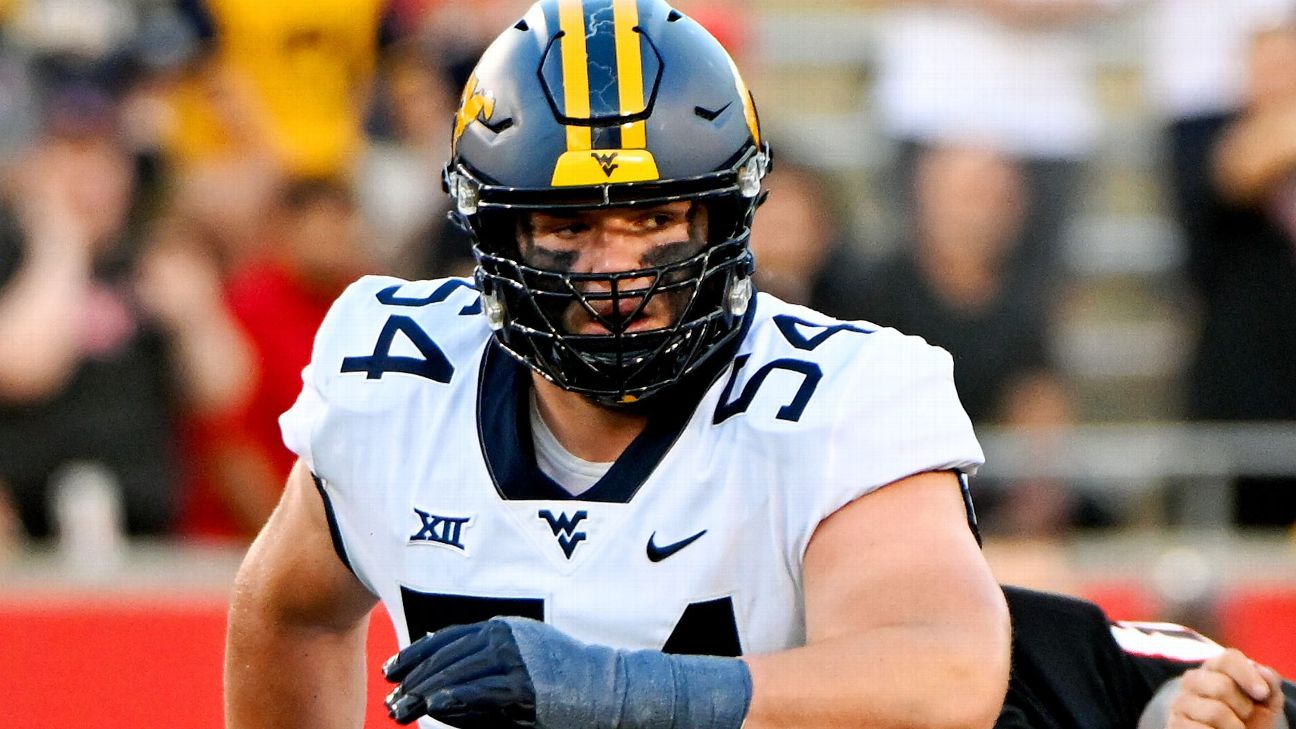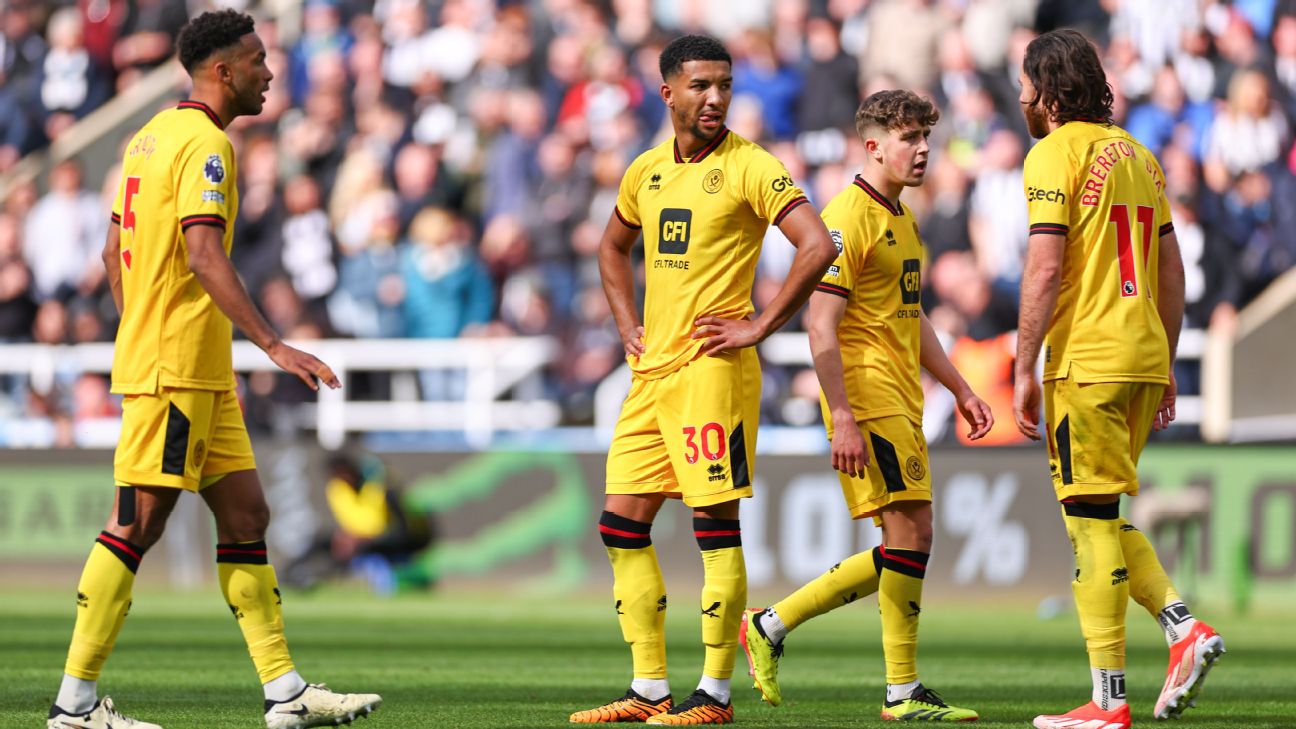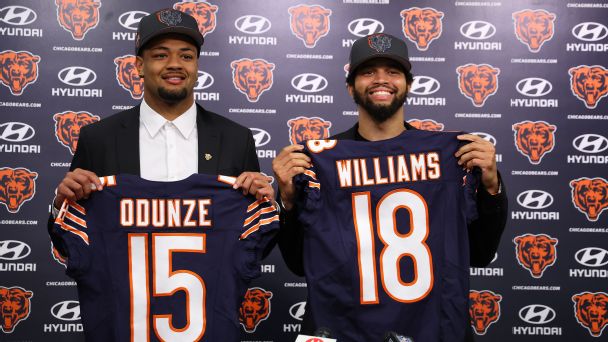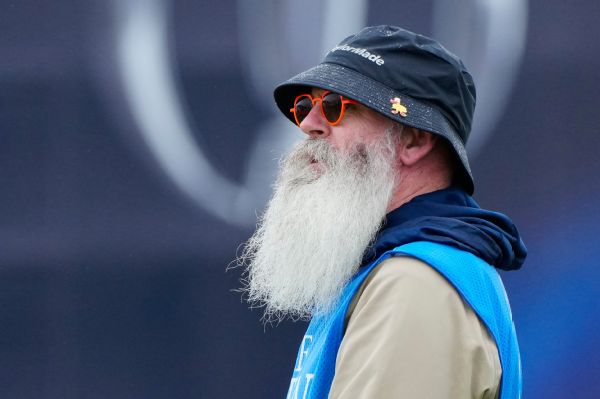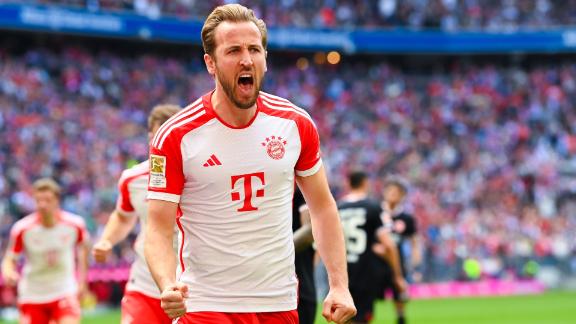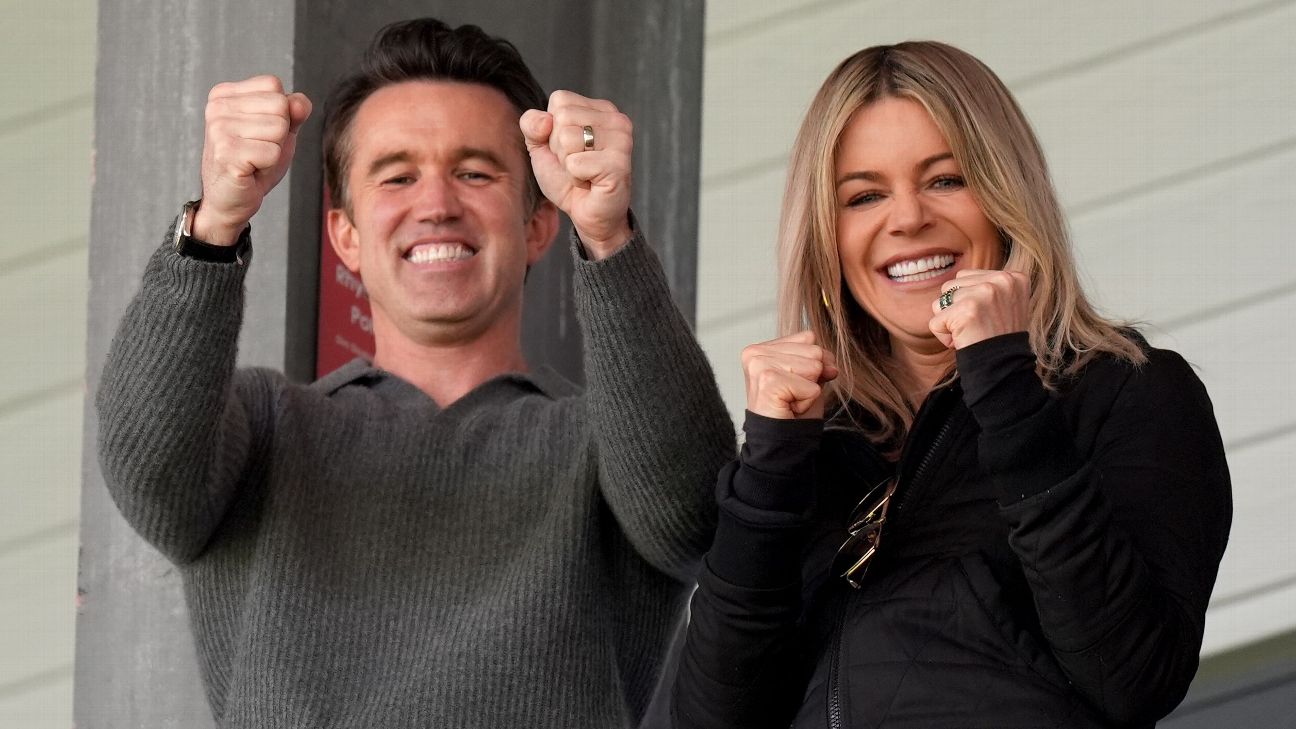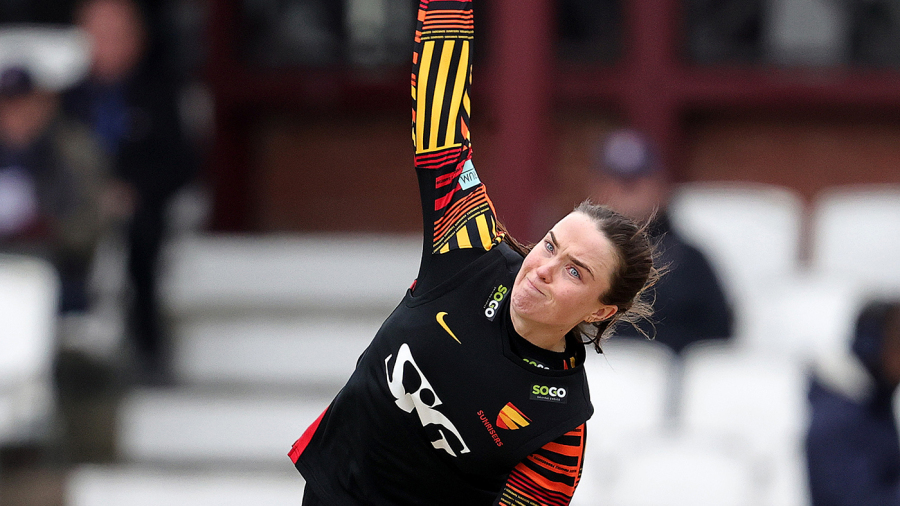![Macklin Celebrini [1296x729]](https://a.espncdn.com/photo/2024/0327/r1310748_1296x729_16-9.jpg)
Kansas City Chiefs 2024 NFL draft picks Selection analysis
The NHL regular season is nearly done, meaning many teams and their fan bases have started to follow the top prospects in the 2024 draft class more carefully. The San Jose Sharks, Chicago Blackhawks, Anaheim Ducks and Columbus Blue Jackets are at the bottom of the league standings, and their fans have been getting excited about Macklin Celebrini for months.
But there is more than Macklin Celebrini in this draft class, and while it might not have the depth of previous years, there is plenty of talent available -- and quite a few players expected to have impactful NHL careers.
One area where this draft stands out behind Celebrini is on defense. According to my model, which is explained below, this is the deepest draft on defense since 2012. That draft produced Morgan Rielly, Hampus Lindholm, Matt Dumba and Jacob Trouba in the top 10, and middle-round gems like Jaccob Slavin, Adam Pelech, Colton Parayko and Shayne Gostisbehere.
A draft does not need to have a collection of superstars to be a deep draft. While the 2024 class may lack potential firepower like the 2015 group featuring Connor McDavid and Jack Eichel, there are plenty of potential impact players on the back end to be excited about.
How the prospect model worksThese rankings are not constructed similarly to the typical scouting lists. This ranking relies very heavily on a model that accounts for a variety of factors that have been historically good predictors of NHL success in the past. The model weights and ranks each player, and that list is adjusted based on viewings, without veering too far out of the guardrails created by the model. Almost no adjustments are made for the first two rankings. The final rankings in June will have more adjustments for live viewings.
The model attributes a value to each player based on several features, weighted in accordance with importance to success in the NHL. The features include various scoring statistics, league strength, team strength relative to league, tracking statistics related to defensive, physical and transition play, age- and size-related features that will include scores from the scouting combine when available. The scoring statistics factor in a player's performance from their D-1 season (last season), more specifically to measure their development season over season and in their draft year (DY) season as it progresses.
Easton Cowan was an example of someone who benefited from this in last season's class. He played his D-1 season in the GOJHL, making the jump to the London Knights (OHL) in his DY. While he didn't register a point-per-game pace over the course of his DY season, he showed development as the campaign progressed. Cowan tallied 21 points in his final 18 games, and 21 points in 20 playoff games in an increased role. While the season-long numbers are not impressive, his performance toward the end of the season and in the playoffs showed development. If development over the course of a season was not weighted, his player value would have him as a middle-round pick. With the development consideration, he was valued in the first half of the second round.
Adjustments are made from viewings, as those are a critical portion of scouting. Importantly, there are no adjustments made for off-ice "intangibles" that are often discussed in team scouting meetings. Philosophically, a public ranking differs immensely from a team list. Teams must consider a variety of factors when building a team and culture. Teams move players around, or take them off the list completely, for various reasons that may come from the executives. Public rankings serve to provide insight into who the best players may be without considering how they will fit a certain team, the overall strategy based on the number of selections a particular team owns, and most importantly, whether a scouting director is willing to select players with a higher risk factor.
Examples of this from last season include Andrew Cristall, Matvei Michkov and David Reinbacher. The latter is believed to be a lock to play NHL minutes on the blue line while having a lower ceiling than Michkov, who fell due to factors unrelated to his on-ice play. Cristall was considered a high-risk player that many public rankings were high on due to his eye-popping totals and package of skills, but he fell in the draft because front offices are more risk-averse.
A few players who appear on this list will likely be further down or off of various team lists. The job of the model and a public ranking is not to assess intangibles and predict what will happen in the draft; that is reserved for the mock draft. For this reason, the mock draft will look quite a bit different from the rankings because conversations with scouts, teams and people around the game will be more heavily weighted to determine which team has Player X or Player Y rated differently.
Top 32 draft rankings, March1. Macklin Celebrini, F, Boston University (NCAA) 2. Ivan Demidov, F, SKA St. Petersburg (MHL) 3. Artyom Levshunov, D, Michigan State University (NCAA) 4. Cayden Lindstrom, F, Medicine Hat Tigers (WHL) 5. Zayne Parekh, D, Saginaw Spirit (OHL) 6. Anton Silayev, D, Torpedo Nizhny Novgorod (KHL) 7. Berkly Catton, F, Spokane Chiefs (WHL) 8. Cole Eiserman, F, United States U18 (NTDP) 9. Sam Dickinson D, London Knights (OHL) 10. Zeev Buium, D, University of Denver (NCAA) 11. Liam Greentree, F, Windsor Spitfires (OHL) 12. Konsta Helenius, F, Jukurit (Liiga) 13. Carter Yakemchuk, D, Calgary Hitmen (WHL) 14. Tij Iginla, F, Kelowna Rockets (WHL) 15. Michael Brandsegg-Nygard, F, Mora IK (Hockey AllSvenskan) 16. Adam Jiricek, D, HC Plzen (Czechia) 17. Igor Chernyshov, F, Dynamo Moskva (MHL) 18. Michael Hage, F, Chicago Steel (USHL) 19. Trevor Connelly, F, Tri-City Storm (USHL) 20. Ryder Ritchie, F, Prince Albert Raiders (WHL) 21. Nikita Artamonov, F, Torpedo Nizhny Novgorod (KHL) 22. Miguel Marques, F, Lethbridge Hurricanes (WHL) 23. Emil Hemming, F, TPS (Liiga) 24. Beckett Sennecke, F, Oshawa Generals (OHL) 25. Andrew Basha, F, Medicine Hat Tigers (WHL) 26. Sacha Boisvert, F, Muskegon Lumberjacks (USHL) 27. Terik Parascak, F, Prince George Cougars (WHL) 28. Aron Kiviharju, D, HIFK (Liiga) 29. Charlie Elick, D, Brandon Wheat Kings (WHL) 30. Maxim Massé, F, Chicoutimi Sagueneens (QMJHL) 31. Henry Mews, D, Ottawa 67s (OHL) 32. Tanner Howe, F, Regina Pats (WHL)
Looking aheadThere are a few tiers in the first round of the draft, and any players within a tier could flip-flop as the playoffs and World Championships occur.
Quite a few players who missed the cut line -- including EJ Emery, Cole Hutson, Harrison Brunicke, Dean Letourneau and Jett Luchanko -- are all candidates to jump into the first round by season's end. There are more statistics and viewings to consider for the final ranking, but as noted above, quite a few interesting defensemen will be available in this year's draft.




